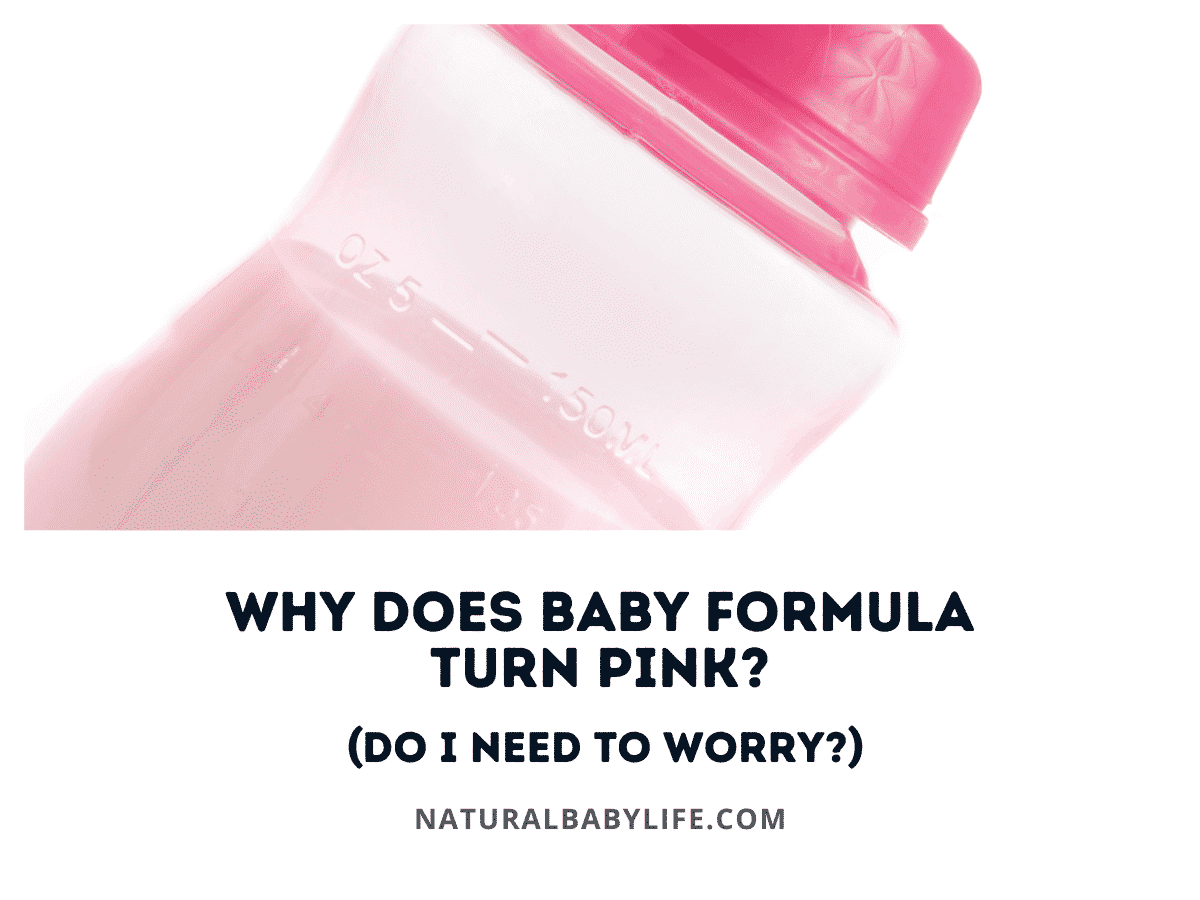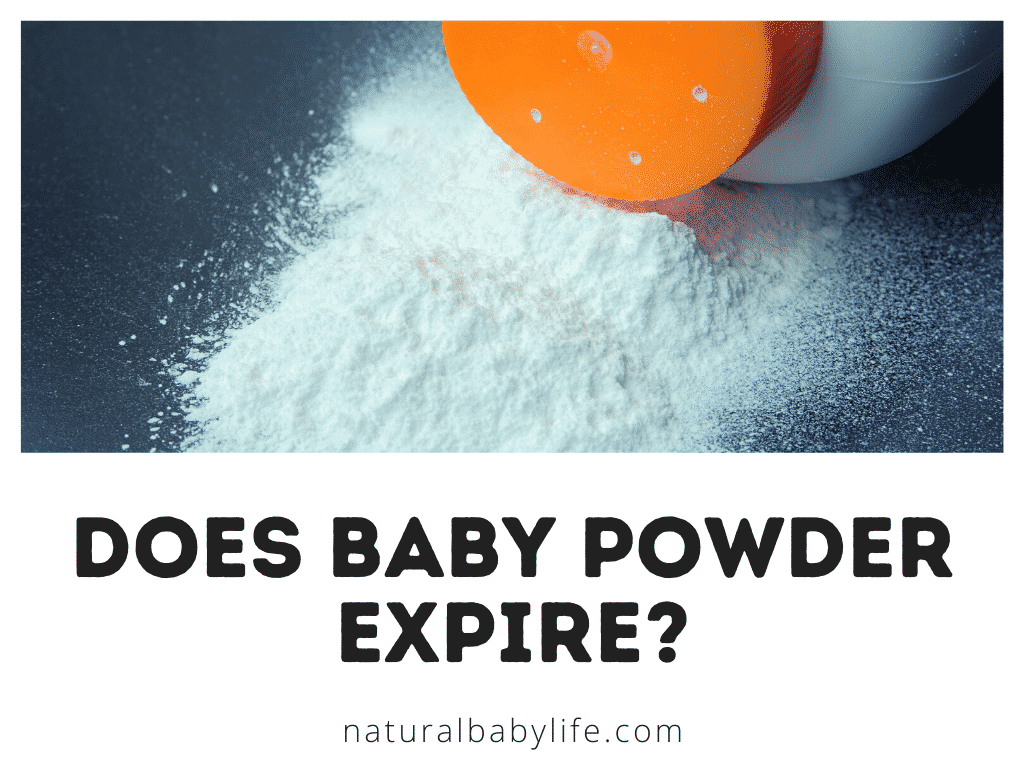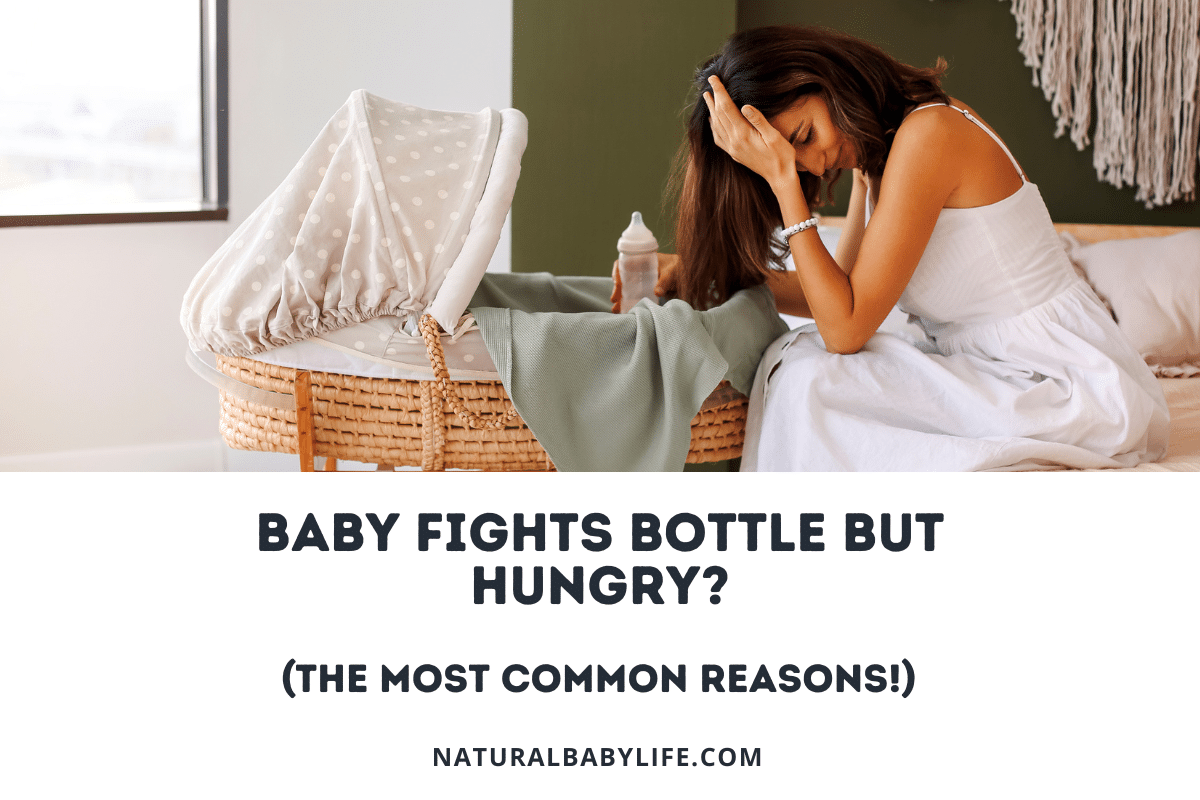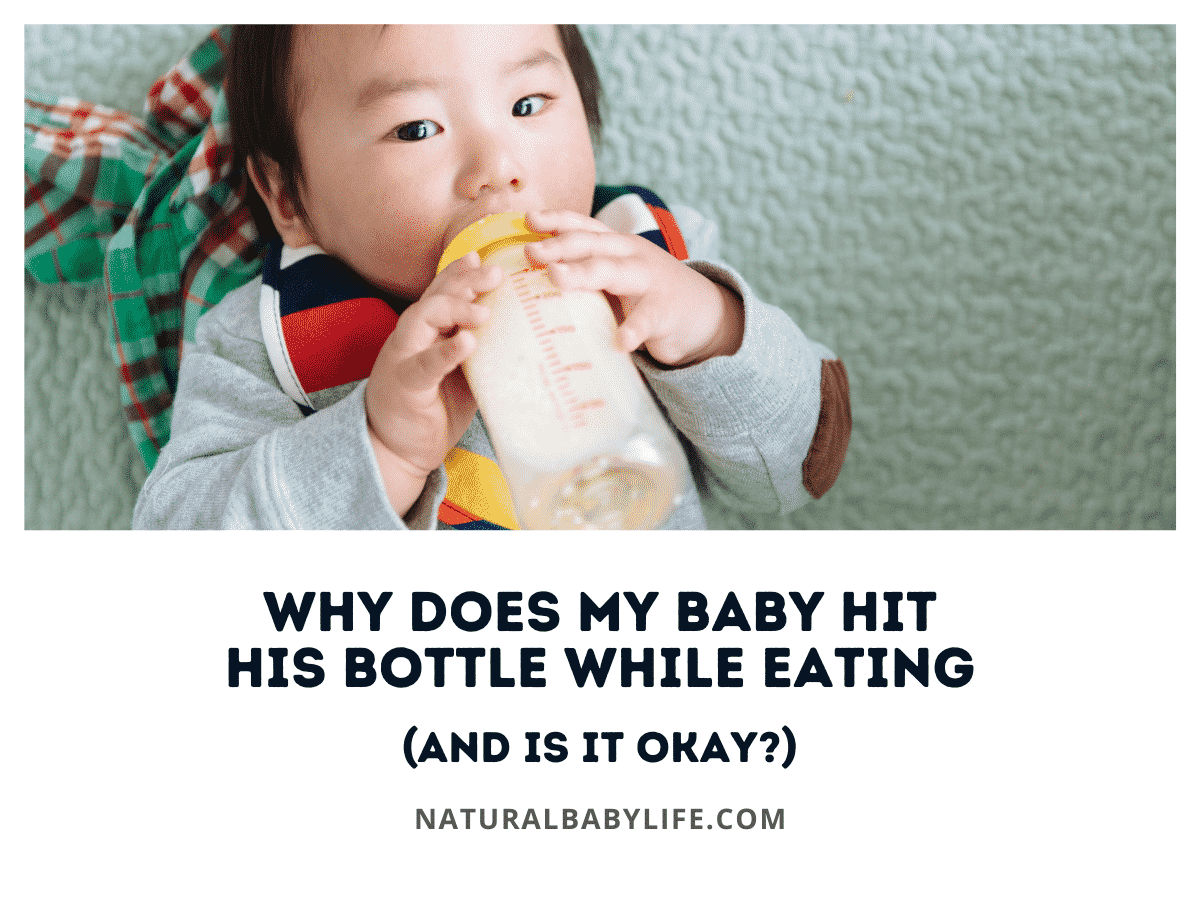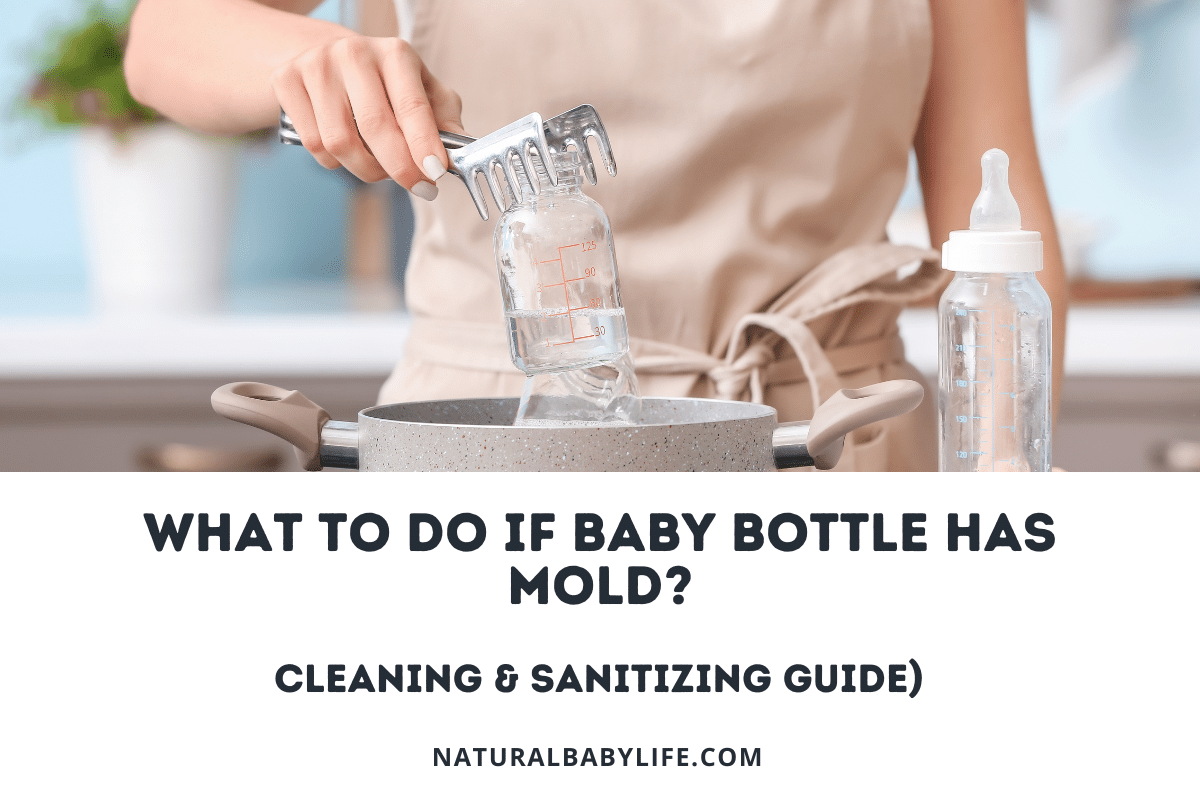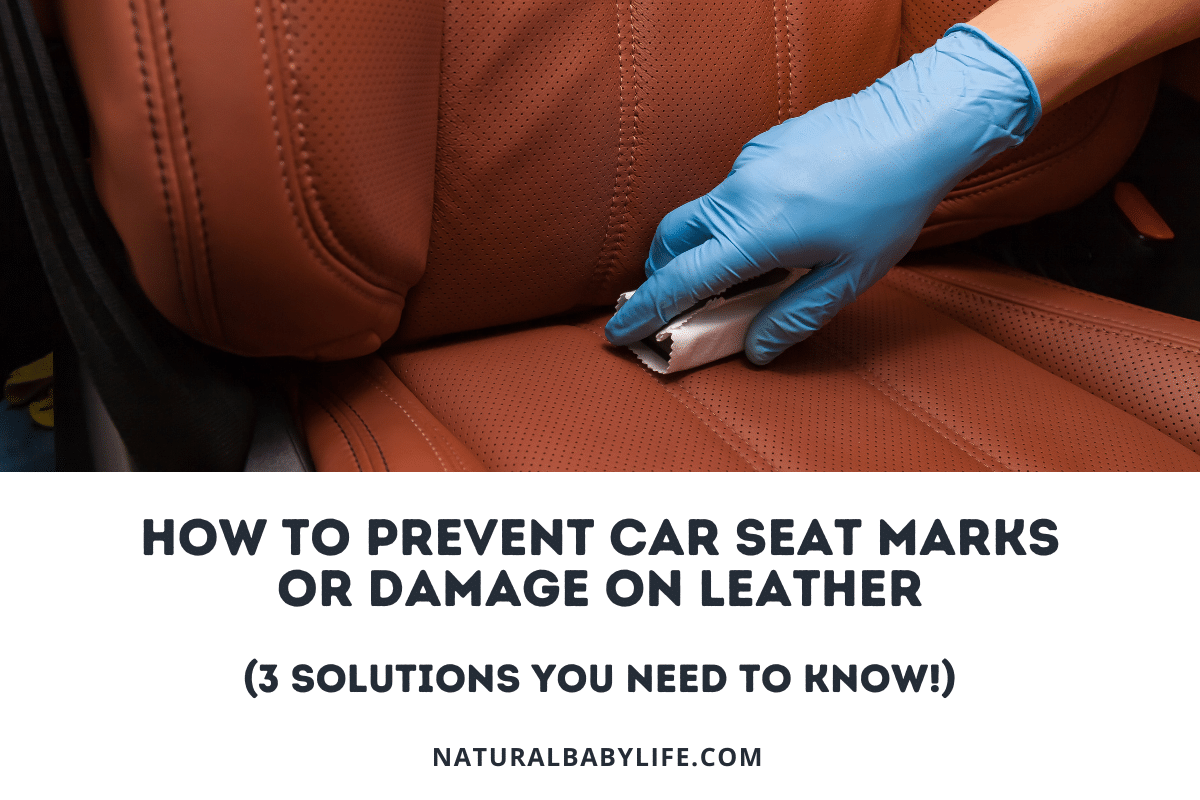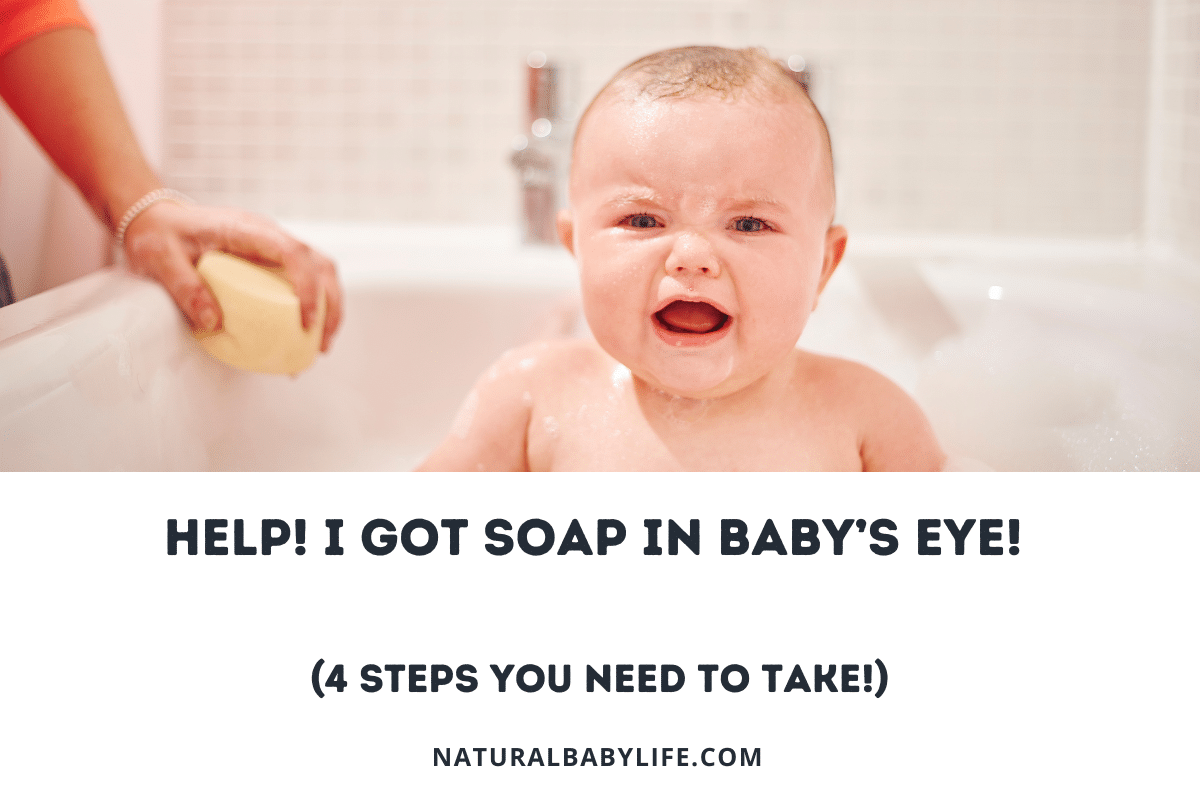You’ve just finished feeding the baby when you notice that the remaining formula in the bottle is now bright pink. You’ve also noticed a pink tinge to bibs and burp cloths that have been used to wipe your baby’s mouth.
Sometimes Serratia marcescens can be to blame for the bright pink discoloration you see in baby bottles, bottle parts, baby’s clothing, and more. A definitive diagnosis will require a culture, so it’s a good idea to schedule a visit with your pediatrician. If your child is showing any abnormal symptoms or acting ill, seek prompt medical attention.
Read on to find out more about this bacterial organism responsible for turning milk pink including where it comes from and how to get rid of it as well as some information on how to properly sterilize bottles and bottle parts that have come into contact with it.
Table of Contents
Why does my baby formula turn pink
Baby formula that turns pink, as well as any bottle parts, burp cloths, diapers, or infant clothing, can be strongly indicative of the Serratia marcescens organism. This opportunistic bacterial pathogen produces a reddish pigment, also known as prodigiosin.
Serratia marcescens belongs to the Enterobacteriaceae family of bacteria.
Infant formulas are rigorously tested for any traces of Enterobacteria so it is unlikely that the formula itself is the culprit. The water used to mix formula, a towel used to dry sterilized bottles, improper sterilization or bottle cleaning and poor hand hygiene are more than likely to blame as S. marcescens is commonly found in our environment in places such as water, soil, insects, and plants. S. marcescens can also be passed through an infected mother’s breastmilk.
Why do baby bottles turn pink?
Serratia marcescens is a bacterial organism that can leave behind a reddish/pink hue.
If you notice leftover milk that has turned pink, pink-tinged bottle parts, burp cloths, bibs, or diapers there is a good chance that S. marcescens is to blame.
So what is responsible for the transmission of this bacteria onto the baby bottles and bibs? Unfortunately, the answer is not always straightforward. It could be a contaminated water source used to mix and prepare the formula, it could be an infected towel that was used to dry a bottle. Improper bottle cleaning or sterilization or poor hand hygiene could also be to blame. An infected mother can pass the organism through her breast milk.
With some guidance from your child’s doctor, you should be able to discern what is causing the issue as well as how to correct it. An infected mother and/ or child may need antibiotic treatment.
What is Serratia marcescens
Serratia marcescens is an opportunistic, nosocomial pathogen.
In other words, it’s a pathogen that is mostly acquired in a hospital setting and usually doesn’t affect healthy individuals. However, S. marcescens is commonly found in the environment as well (although healthy individuals won’t be as affected by it as those with underlying health issues).
A telltale marker of Serratia marcescens is the red pigment it produces. In fact, it was first discovered by an Italian pharmacist when he spotted what appeared to be a bloody discoloration on cornmeal.
People most at risk of contracting Serratia marcescens are:
- Immunocompromised patients (or patients with underlying health issues)
- Those patients taking broad-spectrum antibiotics
- Patients in ICU units, due to the invasive nature of medical equipment needed in these units such as urinary catheters, intravenous catheters, endotracheal tubes, feeding tubes etc.
Infection
The majority of cases of S. marcescens will be acquired in a hospital setting, meaning you are admitted to the hospital due to other health issues and acquire this infection while there.
It has been known to spread by hand-to-hand contact of medical personnel. This organism can grow on disinfectants, antiseptics, and distilled water.
Transmission
S. marcescens can be transmitted to infants, usually witnessed by bottles or bottle parts turning pink after use, pink bibs or burp cloths, or pink-tinged diapers. Many parents reported that their baby exhibited no signs of illness.
One way S. marcescens can be transmitted to an infant is through breastmilk. Some mothers have noticed that excess breastmilk wiped off of baby’s mouth turned pink on the burp cloth. Other times, cloth diapers have turned pink when rinsed with water. Although it is unknown how much of the S. marcescens organism is excreted into breastmilk, it’s unlikely that enough will be ingested to cause disease.
It is always important to handle and store breastmilk properly as improper handling could create an environment where this bacteria could breed and grow rapidly.
Serratia marcescens has also been documented in formula-fed babies as well. It is unlikely the contamination of this organism comes from the formula itself as the formula undergoes rigorous testing for any Enterobacteria, which is the family of pathogens that S. marcescens belongs to. More likely culprits for the cause of contamination could be the water source used to prepare formula, a kitchen towel used to dry sterilized bottles, improper bottle washing or sterilization, or improper hand hygiene.
Indicators
While nothing is definitive until lab tests have been run, pink milk in your baby’s bottles is pretty indicative of Serratia marcescens.
You may notice pink tinges to other items as well such as burp cloths or bibs used to wipe your baby’s mouth, the top of your baby’s onesie, or sleeper where errant milk may have dribbled down, in diapers, breast pump parts, or even your breastmilk itself.
Symptoms
The symptoms of a Serratia marcescens infection will vary from person to person based on what area of your body the organism has inhabited.
Some of the varying infectious diseases it can cause are:
- Urinary infections
- Respiratory infections
- Biliary tract infections
- Peritonitis
- Wound infections
Although most of the time babies will be asymptomatic, potential symptoms of a Serratia marcescens infection include:
- Keratitis
- Conjunctivitis
- Urinary tract infections
- Pneumonia
- Surgical wound infections
- Sepsis
- Bloodstream infections
- Menigitis
Treatment
If you notice any pink-tinged bottles, bottle parts, milk, or clothing let your child’s doctor know. It can be a good idea to bring some of the items into the appointment. Your child’s pediatrician may want to send off a sample of milk (if you’re breastfeeding) to be cultured or may want to test your child’s stool.
Let your child’s pediatrician’s office know if your child is exhibiting any unusual symptoms as well. They may want to see your symptomatic child sooner or have you seek more prompt care if indicated.
If the infection is found in the mother’s breast milk, the mother will need to be seen by a doctor as well in case she needs to receive antibiotic treatment.
What should you do with infected bottles
If you have bottles that have turned pink, the first step is to sterilize everything including bottle brushes and drying racks. There are several different methods available to sterilize bottles per the CDC.
Boil bottles and all bottle parts
- Disassemble all bottle parts and cover with water in the bottom of pan.
- Bring the water in the pan to a rolling boil.
- Boil for 5 minutes.
- Remove with clean tongs and allow to dry.
Sterilize with steam
There are several steam sterilizers available on the market. Some are plugged into an electrical outlet and some units sterilize by steam in the microwave. Follow the manufacturer’s recommendations.
Dishwasher
Some dishwashers have an actual “sanitize” cycle that you can use or just using hot water and the drying cycle may give you high enough temperatures to kill off any bacteria.
Wash in a bleach solution
- Prepare a bleach solution of 2 teaspoons of unscented bleach per gallon of water in a clean washbasin.
- Submerge all items completely in the bleach water. You want all surfaces of the bottle and its parts touched by the water.
- Ensure that the solution goes through the nipple holes as well. You can manually squeeze the water through.
- Soak items for at least 2 minutes.
- Remove with clean hands or tongs. Don’t rinse because germs could get back on the sanitized items. Bleach will break down as it dries and will not harm your baby when dry.
No matter which sterilization method you choose, always allow items to air dry on clean drying rack or clean dishtowel. Do not rub dry with a towel as this could spread germs.

